Everything moves in one way or another – living creatures, ocean waves, geological formations and orbiting planets – and art is no exception. Movement first attracted me to Inuit art, which I illustrated with a picture of a walking polar bear in my previous blog.
The way Inuit artists capture movement is what first attracted me to Inuit art, illustrated by the walking polar bear in last week’s blog. Pictures demonstrate this dynamism better than words, which fail to provide the full impact of movement.
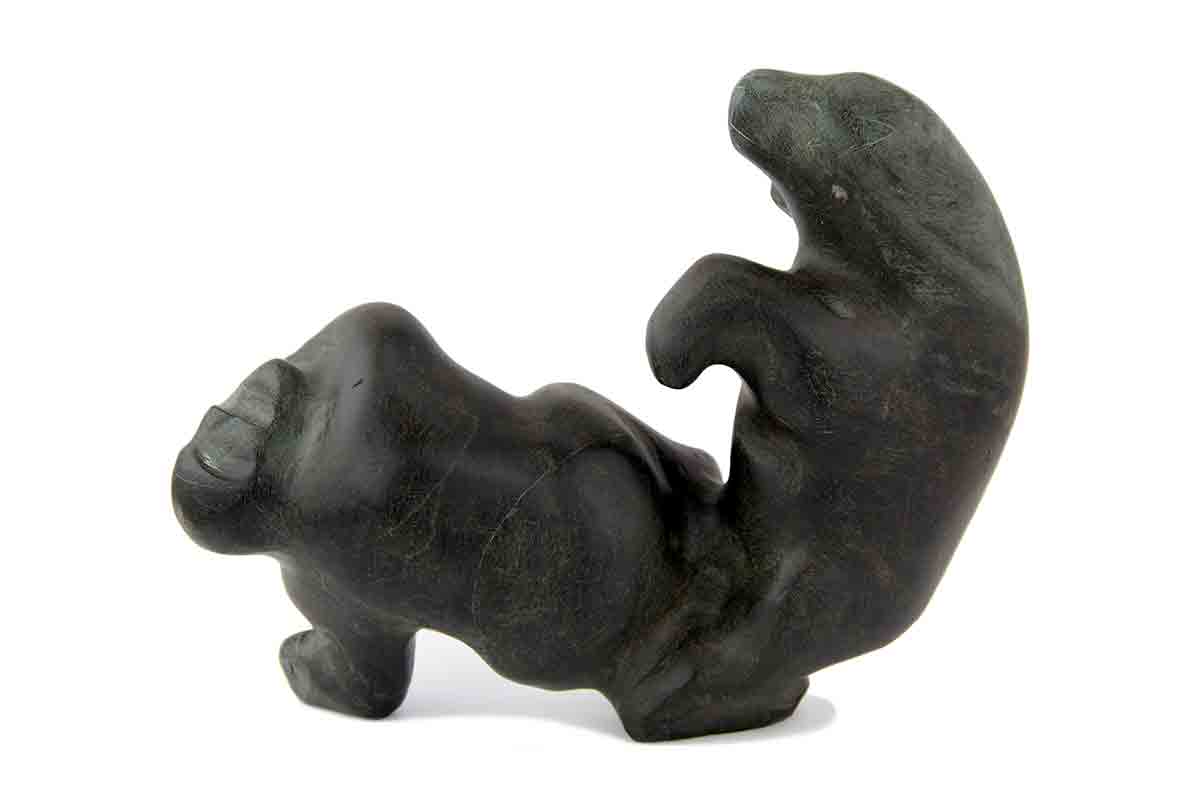
Bear and Man by Barnabus Arnasungaaq
The wonderful piece by Barnabus Arnasungaaq of a man "dancing" with a bear makes me feel more agile than my years. There's often an enriching underlying ambiguity with Inuit sculpture. Shamanic transformations - blending of different species - is a common theme in Inuit art....
Photo by Michael Kingsberry, Select Cut Media LLC
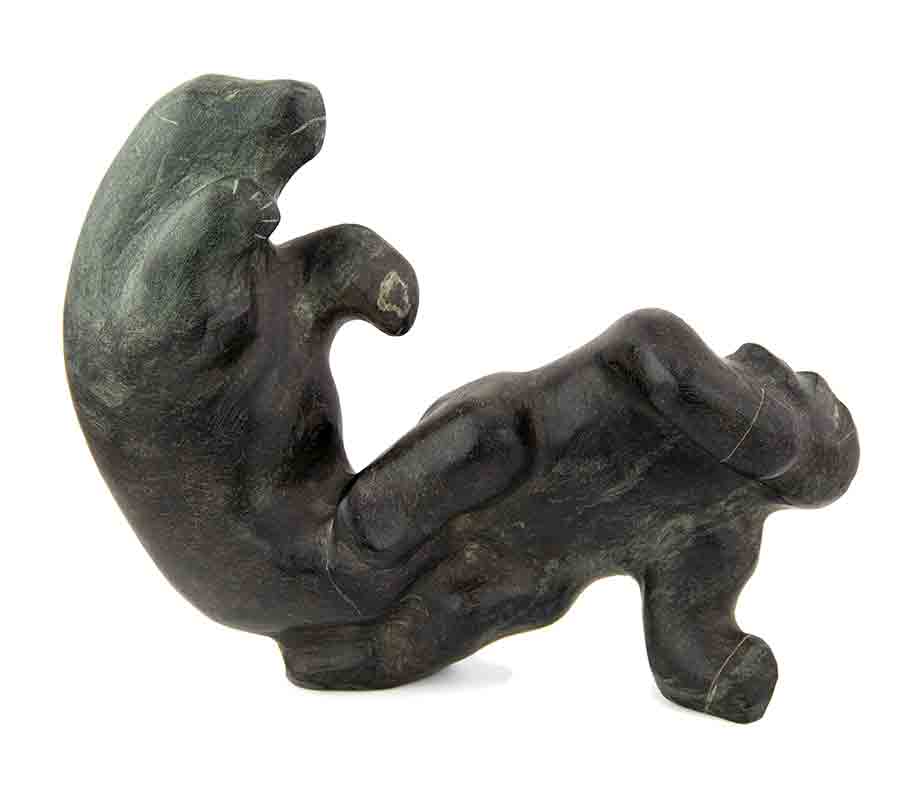
Bear and Man by Barnabus Arnasungaaq
Could this sculpture represent a shaman transforming into a bear rather than an Inuk dancing with a bear, or more likely, a shaman incorporating the soul of a bear, both man and bear? This gets us into the close relationship Inuit have with the animal world.
Photo by Michael Kingsberry, Select Cut Media LLC
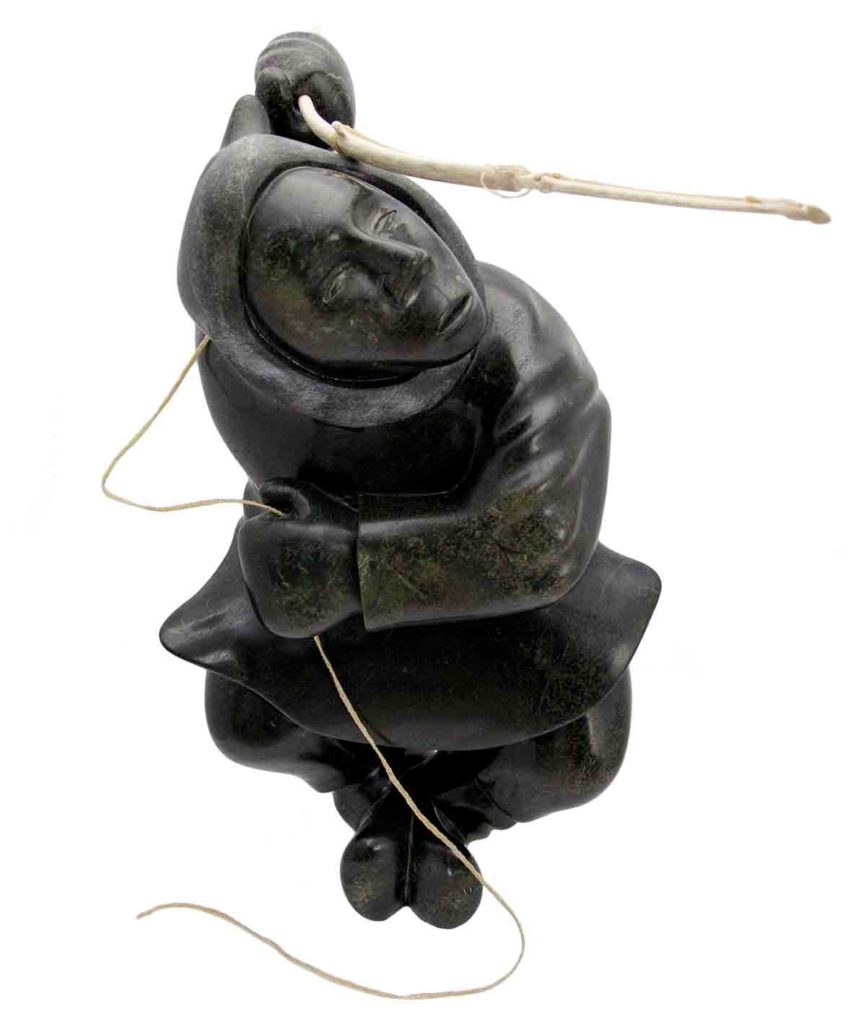
Hunter by Tuteeya Ikkidluak
This is one of my favorite examples of multiple traits within one sculpture. This remarkable artist led a sad life. Missionaries sent Tuteeya south for schooling in the so-called white-man’s culture in the 1980s, much like was done to the Native Americans. He returned to the arctic, but committed suicide at the young age of 28.
I believe he no longer felt connected to his Inuit peers. Fortunately, he left a legacy of a few great sculptures, and the Hunter is one of them, in which movement is pervasive. First, the Inuk is a hunter, or more likely a fisherman (probably both), due to his spear with a retractable point, which he seems about to launch. Who knows? However, his dancing of sorts is my first and strongest impression – it reminds me of Matisse’s famous circle of dancers holding hands with similar movement and flatness. And what about the extraordinary balance, almost ballet-like, on the sides of his adjoined feet – movement with stillness, as it were. There’s another trait that I love, but I’m certain it’s only within me. I see a helical structure, like DNA, created by the position of his arms, blending with that of his legs and connected by his corps. For me, the scientist, this represents stability and evolution – movement – both inherent in DNA and ultimately, life.
Photo by Michael Kingsberry, Select Cut Media LLC
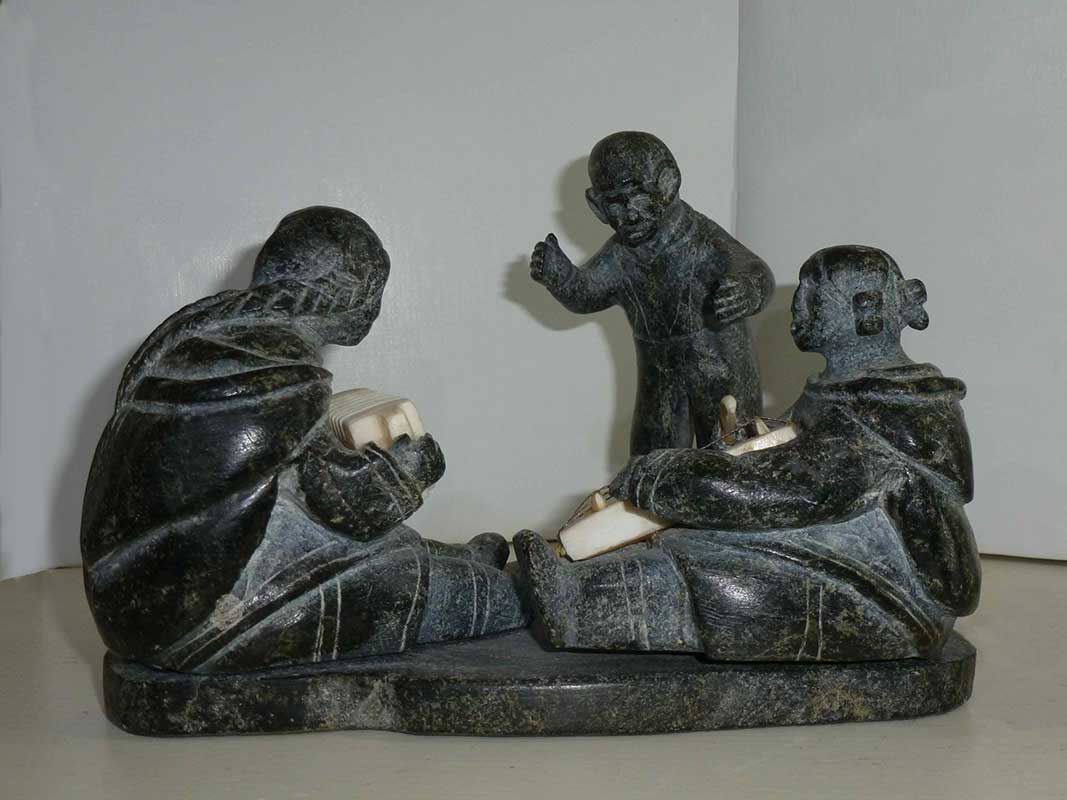
Music Scene and Dancing by Ennutsiak
What could be more important to movement than music? Ennutsiak was an early (1896-1967) master sculptor of Inuit life: games, religion, childbirth, and the like. I can almost hear the music and sense the rhythmic movements of the dancer in the sculpture, Music Scene and Dancing. This sculpture moves my imagination to the Arctic, as well as bringing Arctic life to my home. It's all about motion in one way or another.
Photo by Joram Piatigorsky
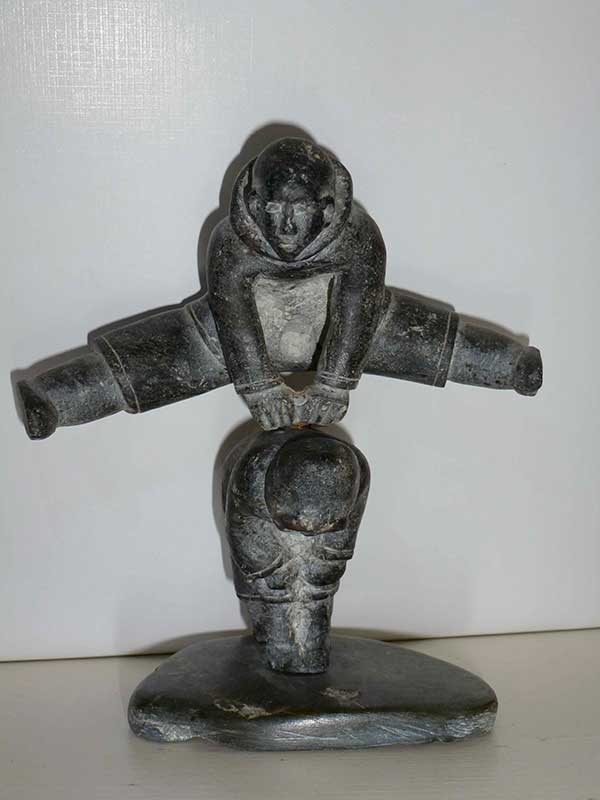
Leapfrog by Ennutsiak
Feel the energy in Ennutsiak's figure sailing through the air in the sculpture Leapfrog, another example of the playful existence in the harsh Arctic environment.
Photo by Joram Piatigorsky
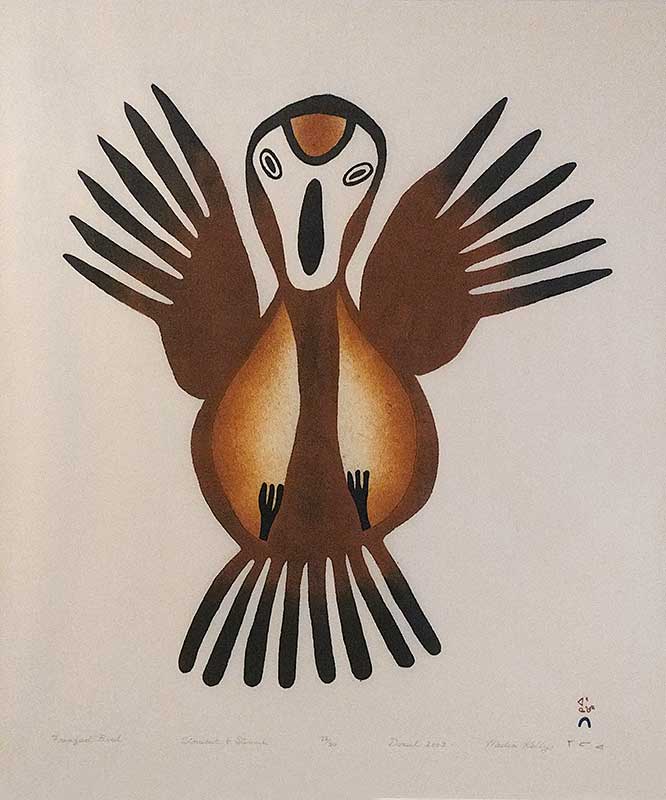
Frenzied Bird by Meelia Kelly
Inuit art also includes imaginative prints projecting movement. Many are stone cut prints, which means they were produced from carved stone, a form of sculpture. In this stone-cut and stencil print, I see a portrait of shock. The wide eyes, open mouth and spread feathers says, "Oh my god, I can't believe it!" This is not a resting bird.
Photo by Joram Piatigorsky
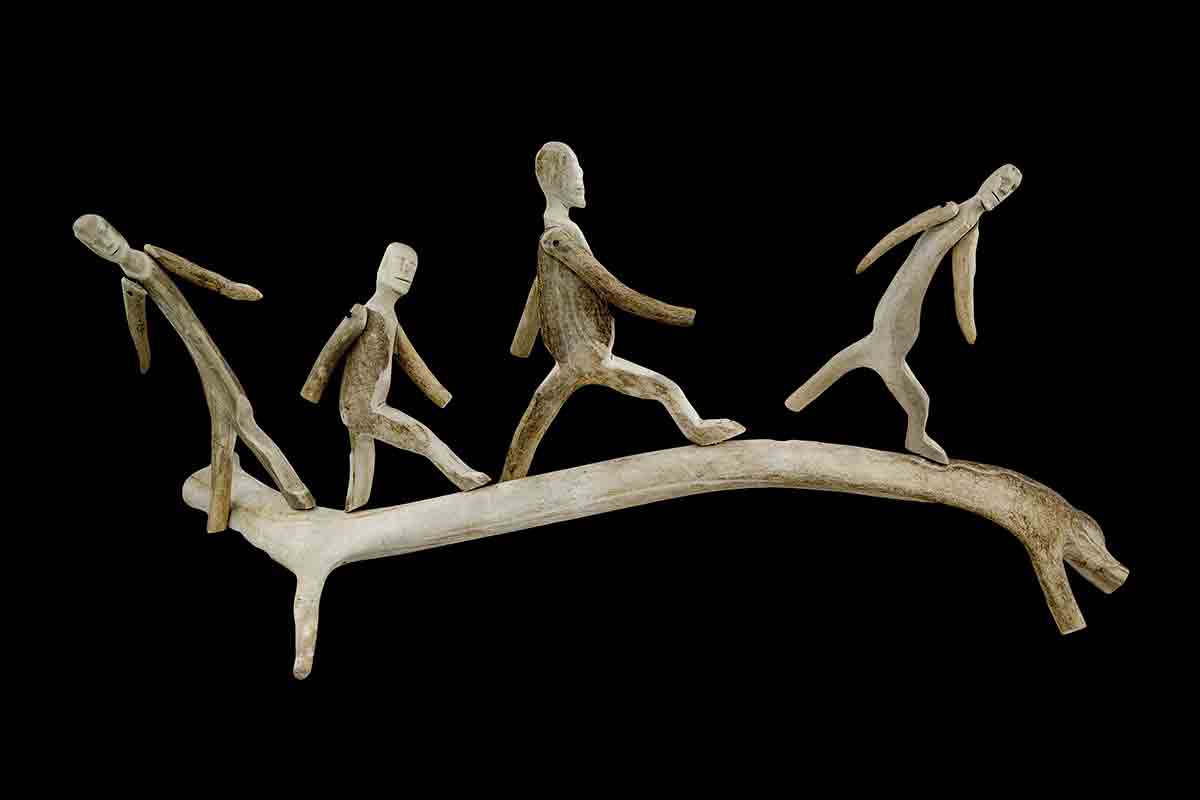
Four Inuks by Luke Iksiktaaryuk
This sculpture is so simple, yet so dynamic, with the shapes and curves selected from regions of normal antlers. These figures are clearly not standing still. The fourth (last in line) is caught in the act of balancing as if not to fall off the ridge. In addition to the outward physical movement, there's an inner movement of determination, seen especially in the second figure in the row. The third figure, shorter and perhaps an adolescent, follows dutifully. And what about the leader, the first in line? He's trudging along slightly ahead of the group, looking around, perhaps exploring which is the best path to take. I consider these four figures men, although I don't have any reason to determine their gender. I sense a playful and purposeful movement, an outing of four male friends - buddies - on a sunny day in the tundra. Pure guesswork, of course. But isn't a key trait of art, whatever its origin, to have it relate to your thoughts and feelings and dreams?
Photo by Michael Kingsberry, Select Cut Media LLC
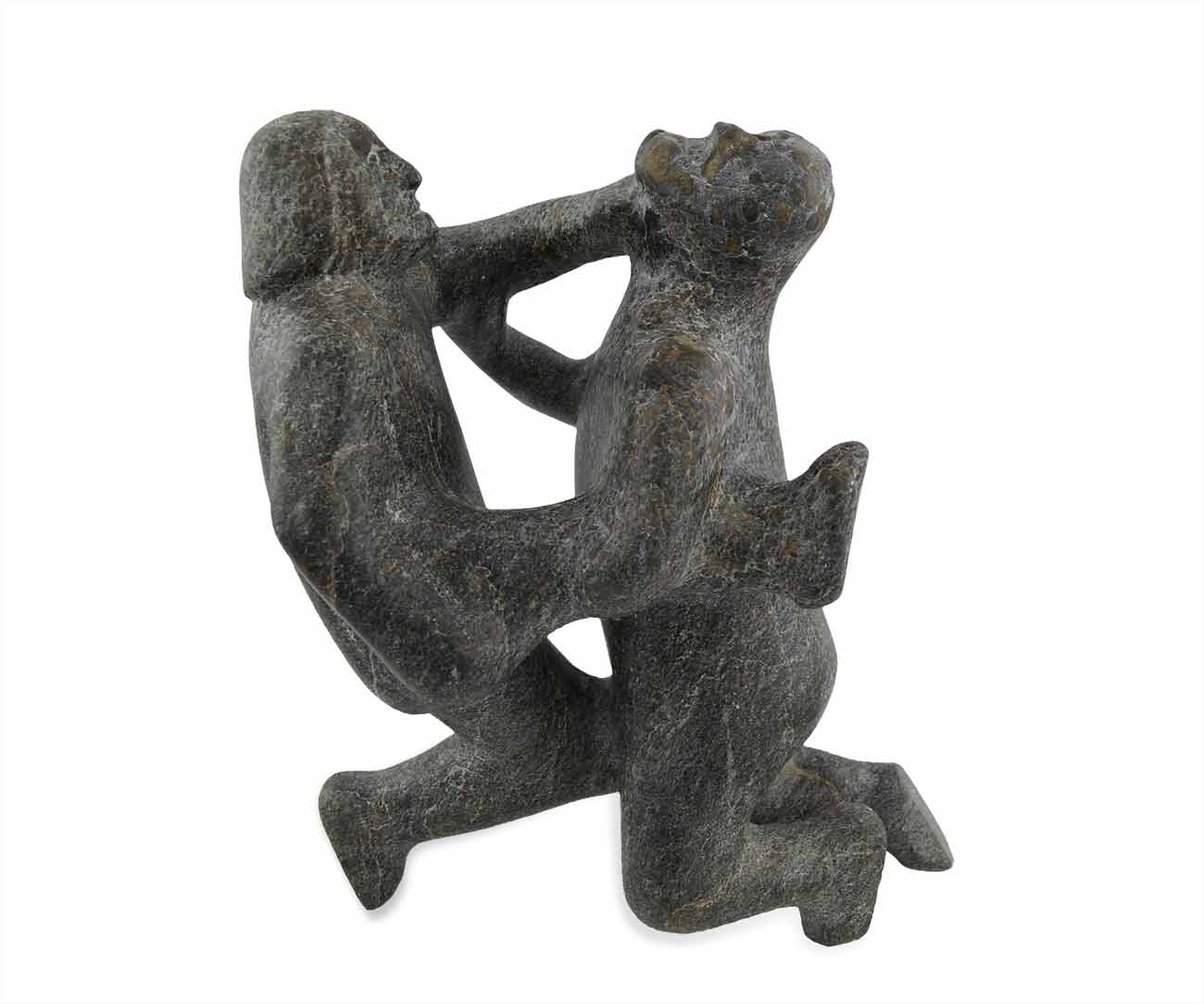
Two Wrestlers by Josiah Nuilaalik
An early member of my collection is Two Wrestlers by Josiah Nuilialik, one of my favorite artists. I'll say more about him in a future blog. For now, appreciate the dynamic physical struggling these two wrestlers.
So, there you have it: a smattering of movement in Inuit art that captured my attention the first time I saw it and continues to fascinate me after thirty years of collecting. But there's more. Stories and myths are central to Inuit art, and these narrations depend on movement, as all stories do. More on that next blog.


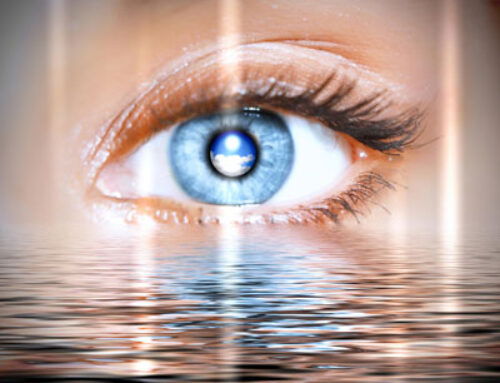
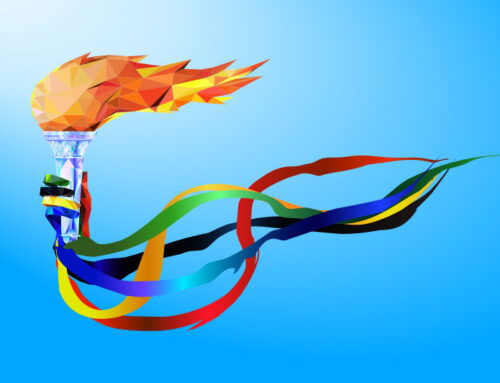
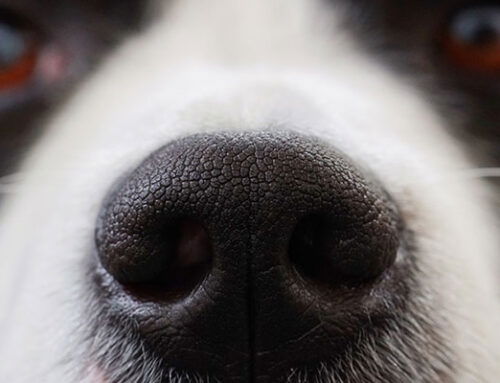
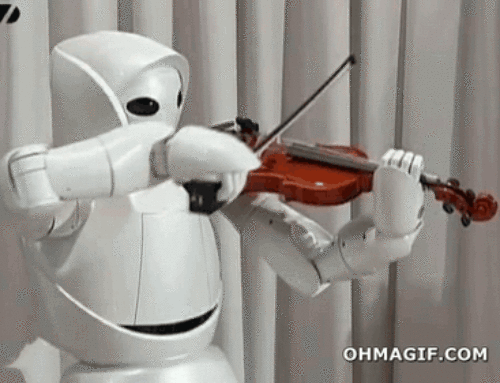
Leave A Comment